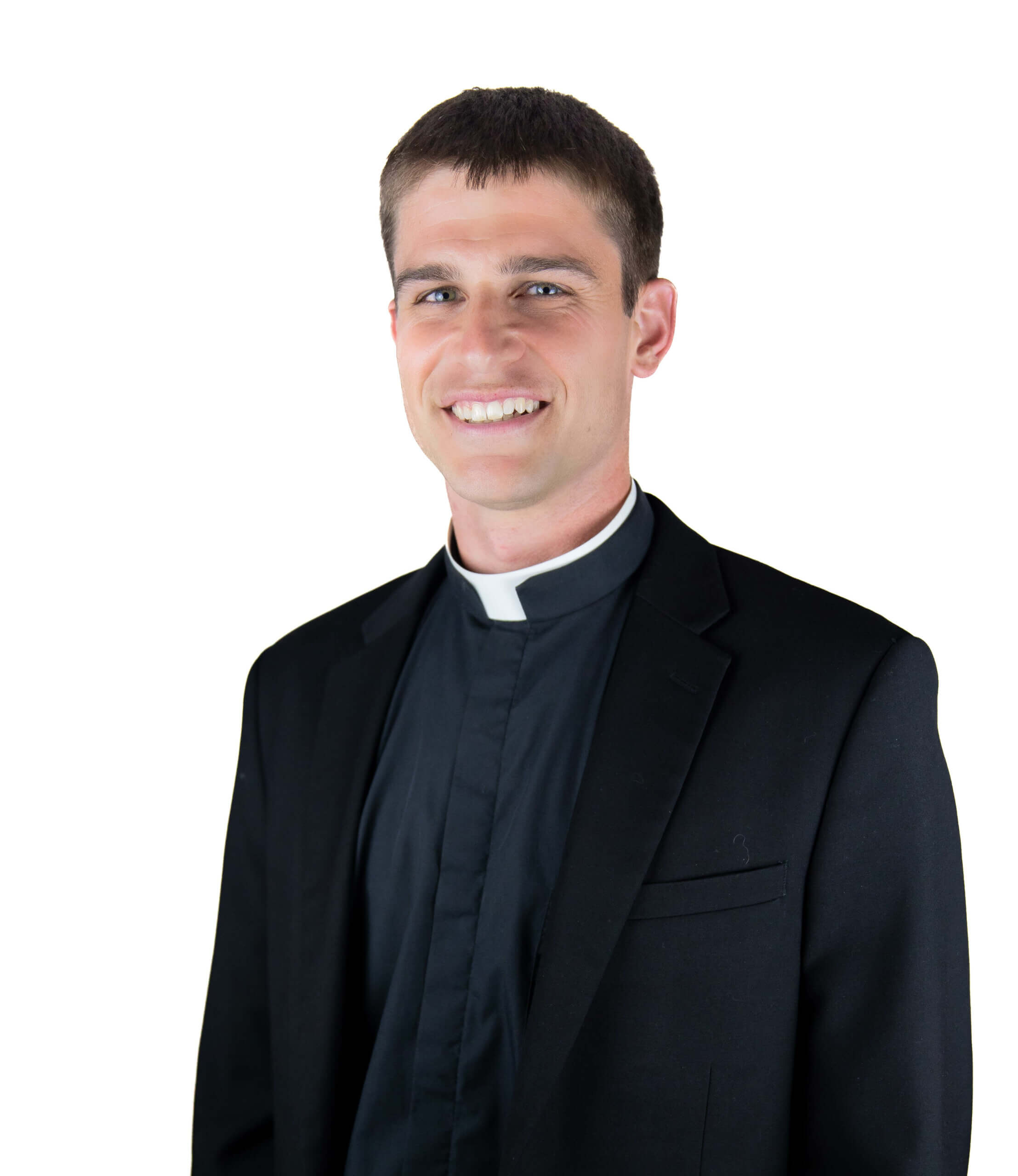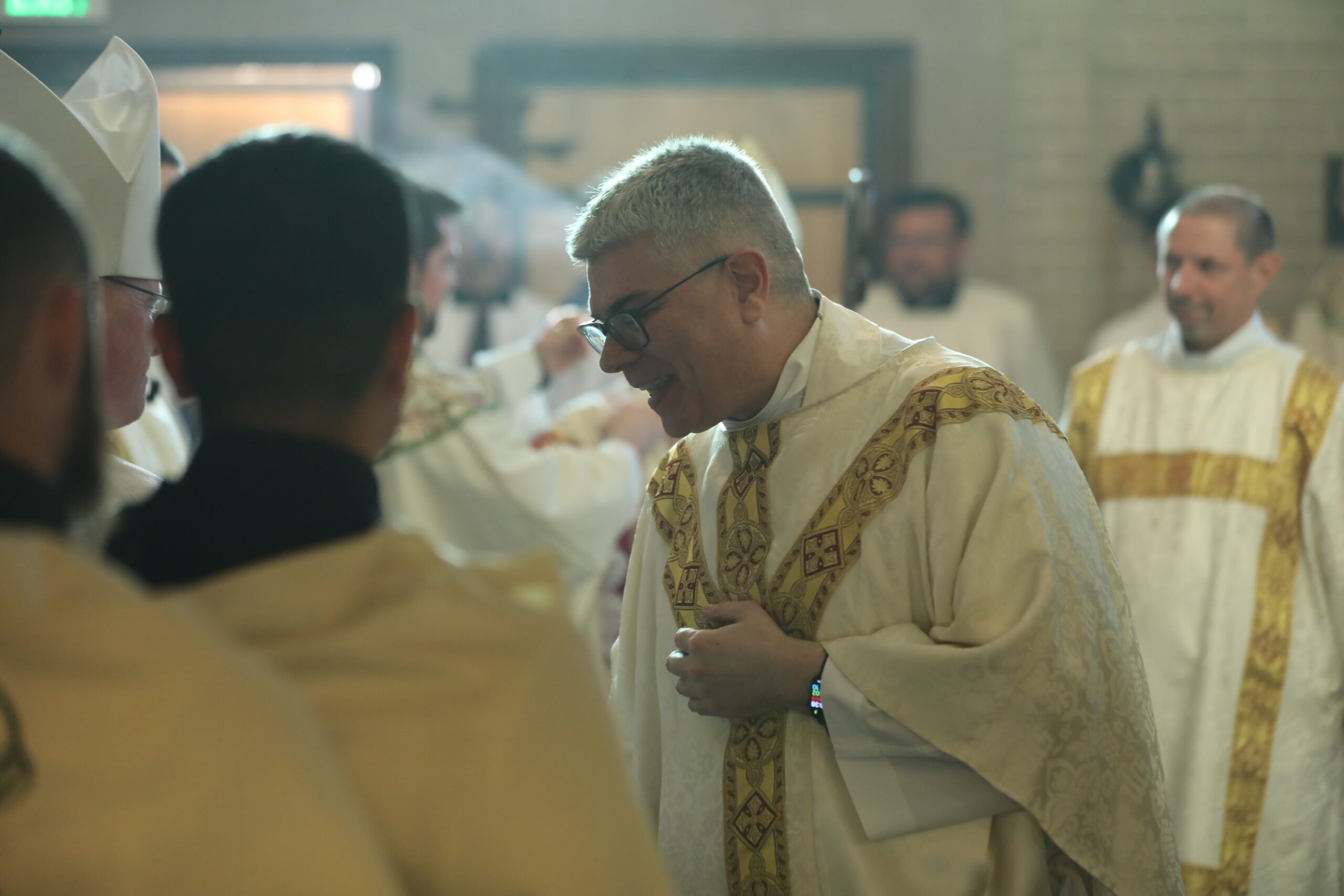Dear Friends of SJV:
As the new Rector of Saint John Vianney, I would like to introduce myself and inform you of an important development in our seminary. Under the direction of Archbishop Aquila, we have adopted the possibility of a three-year propaedeutic model as presented by the Program of Priestly Formation, 6th Edition.
In this way, our formation program can better adapt to the needs of different seminarians. A seminarian may need this program from one to three-years because he needs to either earn a college degree or to grow in other formation areas before beginning the discipleship stage.
The first one to two years will heavily emphasize priestly human formation and college level courses. The third year, in turn, will constitute what, traditionally, Saint John Vianney Seminary has called “the spirituality year,” concentrated, as its name indicates, on priestly spiritual formation. This crowning year has been at the heart of our seminary since 1999. These emphases are inspired by the following theological principle: “human formation, when it is carried out in the context of an anthropology which is open to the full truth regarding the human person, leads to and finds its completion in spiritual formation” (John Paul II, Pastores Dabo Vobis, 45).
Our seminary has intentionally developed a concrete and detailed program of priestly human formation over the last ten years. It is one of the most articulated ways available in the country of following the explicit views of the Program of Priestly Formation, 6th Edition, p. 204, where we read: “following St. Thomas Aquinas, human formation should be understood as education in the human virtues perfected by charity.”
The reality is that our young people have an easier time hearing God’s voice in high school. Not nurturing their call from that early age risks losing them to the world.
Our new propaedeutic program responds to this pastoral reality, allowing Saint John Vianney Theological Seminary to accompany men in their formation from their college years to their priestly ordination. Soon, this option may be opened to other dioceses who entrust us with the formation of their seminarians.
Below we will hear from seminarian Luke Friess on the rhythm of seminary life and one of our professors Dr. Josh Revelle, speaks on the grace of studying and teaching theology at SJV.
In this summer season, may Christ’s peace dwell deeply within us.
In Christ,
Fr. Ángel Pérez-López
Rhythm of Life
An important part of the rhythm of life at the seminary is praying the Liturgy of the Hours. The Liturgy of the Hours is the official public prayer of the Church. It is a collection of psalms, Scripture readings, intercessions, petitions, and other prayers by which the Church glorifies God and intercedes for the sanctification of the entire world. Upon ordination to the diaconate, seminarians promise to pray five of these “hours” (each “hour” takes about 10-15 minutes) daily for the rest of their lives.
Two aspects that I love about praying the Liturgy of the Hours are the ways in which it allows us to sanctify the day and intercede for others. In the Liturgy of the Hours, we pause from our busy seminary schedules multiple times throughout the day to return to prayer. This enables us to allow prayer and praise for the Lord to enter each part of the day. Christ is given access to sanctify all time and space.
I also love entering into the prayer of Christ for His people. The Liturgy of the Hours is a space in which we can bring the joys, sacrifices, sufferings, and intentions of our own lives and the lives of those we meet each day and offer them in union with Christ to the Father.
I feel blessed that the Lord is helping me to see the tremendous privilege that I have to praise Him and intercede for His people in the Liturgy of the Hours.
Deacon Luke Friess
Seminarian, Diocese of Salina

The Name Above Every Other Name
Recently, I was asked to teach our Seminary’s course on Christology. At first, this caused me trepidation. What could be more important than instructing future priests in the doctrine about Christ? Also, the critical debates regarding the person of Jesus were fierce, technically complex, and spanned almost seven centuries. Personally, I felt unworthy of teaching a course dedicated entirely to the Son of God. So, I brought these concerns to the Lord in prayer. Soon afterward, I read the Gospel story of the disciples who were on a boat, tossed by waves, and afraid for their lives. In the distance, they saw a figure—our Lord himself—who says: “It is I; do not be afraid” (Jn. 6:20). As I read these words, I understood that my Christology course would be a kind of mystical representation of Jesus; that he would communicate himself to the seminarians.
For us at St. John Vianney, studying and teaching theology is a responsibility—but, above all, it is a grace. The one whom we study is present with us. The Catechism of the Catholic Church teaches: “His name is the only one that contains the presence it signifies. Jesus is the Risen One, and whoever invokes the name of Jesus is welcoming the Son of God who loved him and who gave himself up for him” (no. 2666). We are blessed at the Seminary to have on our lips daily in prayer and in the classroom the name of Jesus, who is truly God-with-us.
Joshua Revelle, Ph.D.
Assistant Professor of Theology



